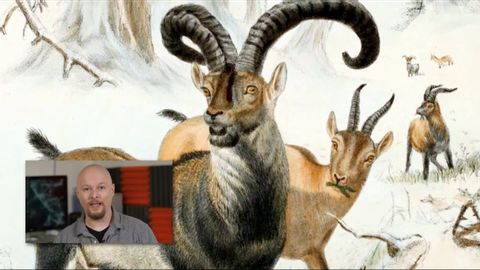
Subtitles & vocabulary
Extinct Animals Brought Back to LIFE?!
00
羅致 posted on 2014/05/15Save
Video vocabulary
scenario
US /səˈner.i.oʊ/
・
UK /sɪˈnɑː.ri.əʊ/
- Noun
- An imagined sequence of events in a plan/project
B1
More necessarily
US /ˌnɛsɪˈsɛrəli, -ˈsɛr-/
・
UK /ˌnesəˈserəli/
- Adverb
- In a way that is needed/required/is unavoidable
A2TOEIC
More technology
US /tɛkˈnɑlədʒi/
・
UK /tek'nɒlədʒɪ/
- Uncountable Noun
- Use or knowledge of science in industry etc.
- Machinery and equipment developed from scientific knowledge.
A2TOEIC
More Use Energy
Unlock All Vocabulary
Unlock pronunciation, explanations, and filters
